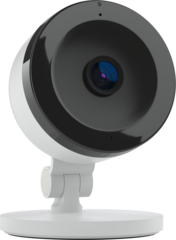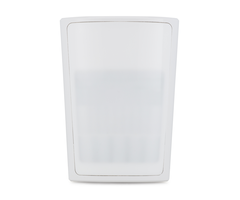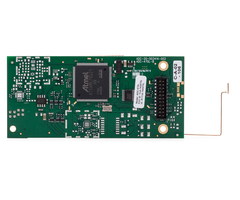How Will 5G Technology Change Alarm Monitoring?
Posted By Michael GorisCellular communication is expected to make its next major leap forward later this year with the rise of 5G networks. This is exciting news for the security industry, as it will make alarm systems more versatile than ever. Let's take a quick look at how 5G will revolutionize alarm monitoring.
When a person says "5G", they are referring to the fifth generation of cellular communication. Most alarm systems today use 3G or 4G/LTE cellular modules for communicating. Inevitably, 5G communicators for alarm systems will eventually be released. Once the 5G networks grow and these new alarm communicators become available, end users and their home security systems will then be able to truly take advantage of what 5G offers.
The main benefit to 5G communication is how it will improve the end user experiencing with working with "Internet of Things" (IoT). This goes beyond simply streaming a video or downloading a file. IoT refers to a network of devices that goes beyond just phones and computers. In the world of alarm systems, this can include things like smart lights, thermostats, door locks and more. In other words, 5G technology will help alarm system continue their transition into becoming full-fledged smart home controllers.
There is a very large amount of activity that occurs when an alarm system controls a smart home device, such as a light. The command has to go from the system, to the interactive service, to the alarm system, and finally to the device itself. Although each action is relatively minor, the fact that there are multiple steps to this process can slow things down. By using 5G communication, almost every step of the process will be made quicker, and it will provide a better experience for the end user. Simply put, any action or command will become almost instant. The same principle applies when the command is initiated from another source, like a smartphone or smart assistant device.
When a user with a 5G connection pulls up the Alarm.com or Total Connect 2.0 Mobile App and runs a smart scene, they can expect that the command will reach the servers for the interactive platform in a matter of milliseconds. And then the service will send the command to the alarm system (or other smart home controller) also in a matter of milliseconds. From there, the only transmission left is the local communication between the smart home controller and the device itself. With the support of a 5G network a user can expect these processes to occur basically in the blink of an eye, as any noticeable transmission latency will largely become a relic of the past.
Alarm systems are quickly becoming more than just security tools. Many people have already embraced security panels as central hubs for useful devices in their homes. We expect this trend to continue with the rise of 5G. The future of the security system is for it to do more than just keep you and your family safe. We expect the equipment we feature to become even more useful tools that will greatly benefit your everyday life and make your household more connected. Alarm monitoring is about to become so much more than security and protection. We're ready for every step of the journey.


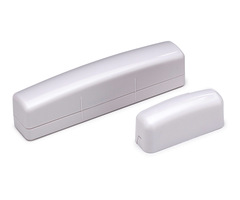 The 5820L provides the same function as virtually any
The 5820L provides the same function as virtually any 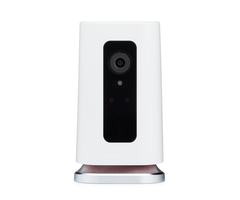 A home security camera is exactly what it sounds like. It is a camera that captures footage inside the home for security purposes. Sure, you might capture some cute and heartwarming moments of your family on your security camera from time to time. But their real purpose is to keep you and your loved ones safe. In the previous scenario, a single camera could have provided police with a detailed physical description of the intruder. This can eventually lead to the arrest and conviction of the guilty party. Thanks to your camera, the police managed to take a dangerous criminal off the street, and your area is now safer as a result.
A home security camera is exactly what it sounds like. It is a camera that captures footage inside the home for security purposes. Sure, you might capture some cute and heartwarming moments of your family on your security camera from time to time. But their real purpose is to keep you and your loved ones safe. In the previous scenario, a single camera could have provided police with a detailed physical description of the intruder. This can eventually lead to the arrest and conviction of the guilty party. Thanks to your camera, the police managed to take a dangerous criminal off the street, and your area is now safer as a result. But there's another important reason to get security cameras for your home. Not every bad guy breaks into the home. As scary as it sounds, many burglars, vandals and even sex criminals works right under the nose of the homeowner. They can operate under the guise of a repair person or a cleaner or any trusted individual. Once inside, they can rob you of your belongings or perform disgusting acts that can leave you speechless. Just a few days ago,
But there's another important reason to get security cameras for your home. Not every bad guy breaks into the home. As scary as it sounds, many burglars, vandals and even sex criminals works right under the nose of the homeowner. They can operate under the guise of a repair person or a cleaner or any trusted individual. Once inside, they can rob you of your belongings or perform disgusting acts that can leave you speechless. Just a few days ago, 